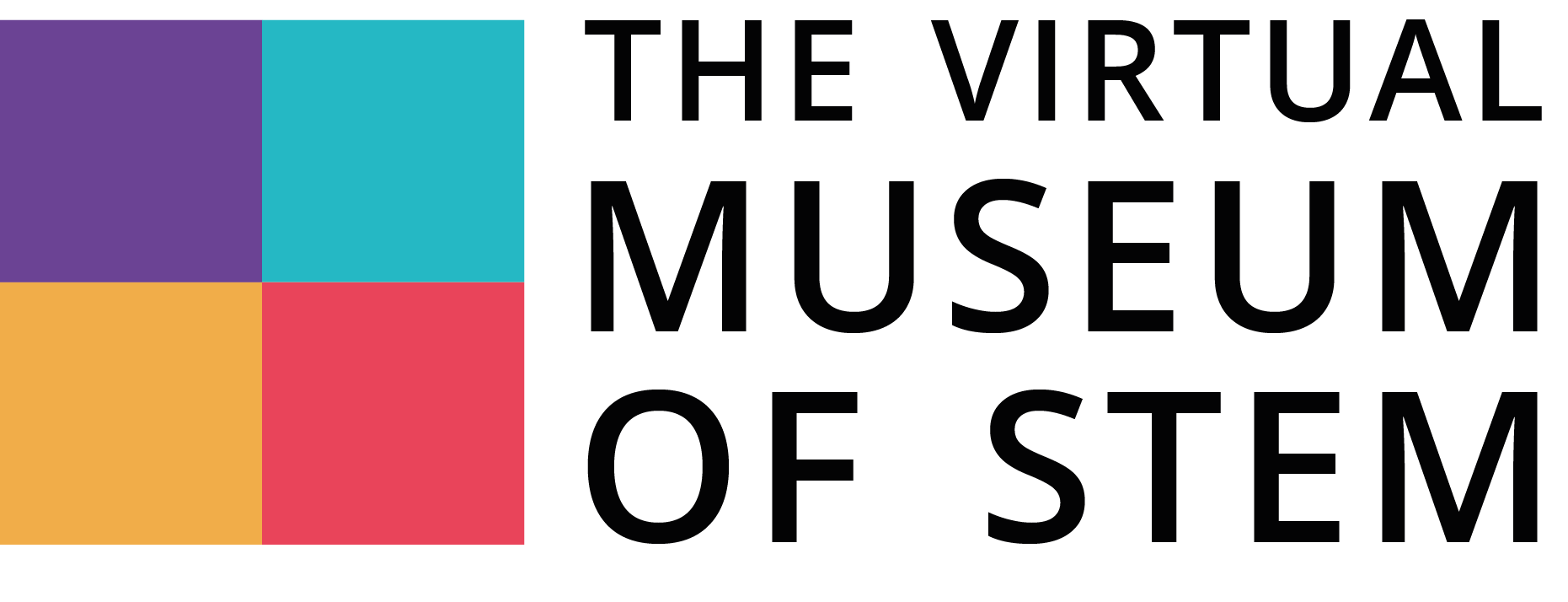Why STEM Education should be an aimed school subject for every student

There is no arguing that STEM Education is an essential necessity in our current developed age. Simply put, STEM encompasses all those fields of learning that can be classified as science, technology, engineering and mathematics. And of course, all these skills and knowledge are needed in times of digitalization, no doubt about it. However, many of these STEM subjects are not dealt with in depth until the adolescent years in school, because they are considered challenging. Many students are not enthusiasts of STEM subjects, and in general, these subjects dedicated to the most talented. But if precisely these fields of education are of such importance for our society and economic life, they should be taught to students as effectively as possible, shouldn’t they? Here come three good reasons for it!
Reason 1: Early Learning builds the Basis for future STEM Understanding
Numerous studies have examined the relationship between early STEM instruction and the future handling of STEM topics in adolescence. It turned out that early education is considered particularly important, as it lays the foundation for future understanding and acceptance of STEM topics. (Campbell et al. 2018) Early access to STEM subjects gives a sense of confidence in themselves and reinforces their approach to STEM education in later learning. (Patrick et al. 2009) So, it can be said that the foundation for a solid STEM education should be laid as early as possible. Therefore, students should be encouraged to favor STEM subjects early on, because changing their minds later will be very difficult or impossible.
Reason 2: STEM Learning can be a lot more Fun than you might think
Scientific subjects seem to be very theoretical, rather dry and boring. But that doesn’t have to be! STEM is not just hard-to-understand theoretical input, quite the contrary. Hands-on experiments or the discovery of science in everyday life are only small steps that provide a simple and vivid approach to STEM. (MacDonald et al. 2019) Many students enjoy learning in an illustrative and practical manner, and even scientific subjects can be taught in a playful way. Therefore, classical forms of teaching should be replaced, or at least innovative elements should be integrated into the lessons.
Reason 3: STEM Professions will be the Jobs of the Future
The number of STEM occupations is growing and it is also predicted that an increasing number of future professions will be linked to STEM subject areas. This is obvious since we live in the digital age and professions in the IT field are becoming increasingly important. (Fayer et al. 2017) And it is precisely for this reason that students should already be introduced to science as early as possible because this lays an important foundation for securing their jobs of the future.
As you can see, there are a variety of reasons to start introducing students to STEM education on every possible occasion. No opportunity should be missed to get students used to STEM and introduce them to an everyday and natural way of dealing with these issues. Above all, it is about the future of the children and that should be understood.
Our current project “Virtual Museum of STEM” can be one of the first steps toward an innovative and alternative approach to familiarize students with STEM subjects. Surrounding pupils with a museum-like atmosphere encourages students to become familiar with the STEM content as this does not have the appearance of a theoretical and dry theory. As soon as the virtual museum tour is finalized, it will be published on the project website. Thus, it is worthwhile to visit the website from time to time.
Campbell, C., Speldewinde, C., Howitt, C. and MacDonald, A. (2018). STEM practice in the early years. Creative Education, 9(1), 11–25. https://doi.org/10.4236/ce.2018.91002.
Fayer, S., Lacey, A. and Watson, A. (2017) STEM Occupations: Past, Present, And Future. U.S. Bureau Of Labor Statistics. Available at: https://stats.bls.gov/spotlight/2017/science-technology-engineering-and-mathematics-stem-occupations-past-present-and-future/pdf/science-technology-engineering-and-mathematics-stem-occupations-past-present-and-future.pdf
MacDonald, A., Huser, C., Sikder, S. and Danaia, L. (2019) Effective Early Childhood STEM Education: Findings from the Little Scientists Evaluation. Early Childhood Education Journal, 48: 353–363. https://doi.org/10.1007/s10643-019-01004-9
Patrick, H., Mantzicopoulos, P. and Samarapungavan, A. (2009) Motivation for learning science in kindergarten: Is there a gender gap and does integrated inquiry and literacy instruction make a difference. Journal of Research in Science Teaching, 46: 166-191. https://doi.org/10.1002/tea.20276
